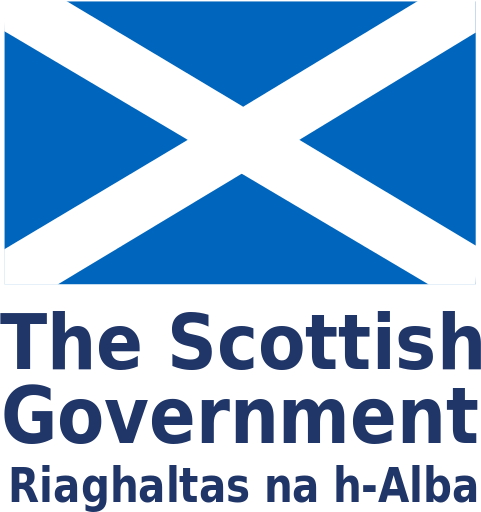Neither prescribing heparin or applying stockings are correct courses of action for Brenda.
Why Brenda should not be given heparin:
| Guideline | Description |
|---|---|
| SIGN 118 | SIGN 118 guideline does not recommend anticoagulation: ‘Anticoagulant therapy in the first two weeks after ischaemic stroke can cause haemorrhagic stroke or haemorrhagic transformation of the ischaemic stroke and has no net benefit 1++” |
| NICE | NICE guidelines [.pdf] do not recommend routine anticoagulation for patients with stroke: ‘Anticoagulation treatment should not be used routinely for the treatment of acute stroke’ |
| Cochrane review | Cochrane review : A systematic review of all relevant trials indicates that whilst heparin will reduce the risk of DVT (mostly asymptomatic DVTs picked up only on scans) it will also increase the risk of serious bleeding. Patients treated with heparin do not have better overall outcomes than those without i.e. they have similar mortality and functional outcomes. |
(See the Evidence and Evidence based guidelines topic loops below for further information on the above.)
Highly selected patients who are judged to be at low risk of bleeding but much higher than average risk of DVT may be treated based on a clinician’s individual judgment.
For Brenda the issue is whether the heparin was written up following such an assessment or simply because the junior doctor was applying the protocol for non stroke patients to her – in error!
Why Brenda should not have stockings applied:
| Guideline | Description |
|---|---|
| SIGN 118 | The SIGN 118 guideline states: ‘Above-knee graduated elastic compression stockings to reduce the risk of deep vein thrombosis after acute stroke are not recommended” Grade A, Level 1++’ |
| NICE | NICE guideline [.pdf] on prevention of venous thromboembolism (Jan 2010) states: “Do not offer anti-embolism stockings for VTE prophylaxis to patients who are admitted for stroke.” |
Page last reviewed: 16 Sep 2020


